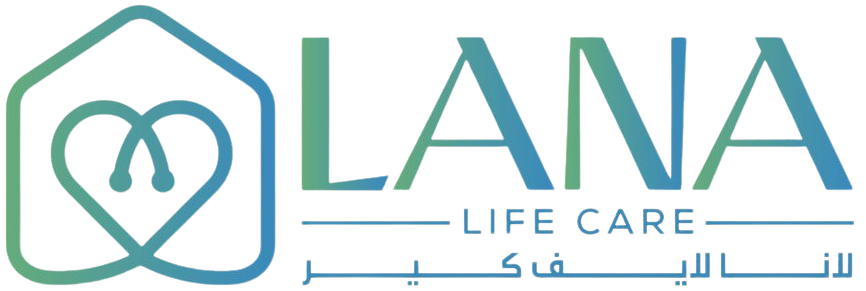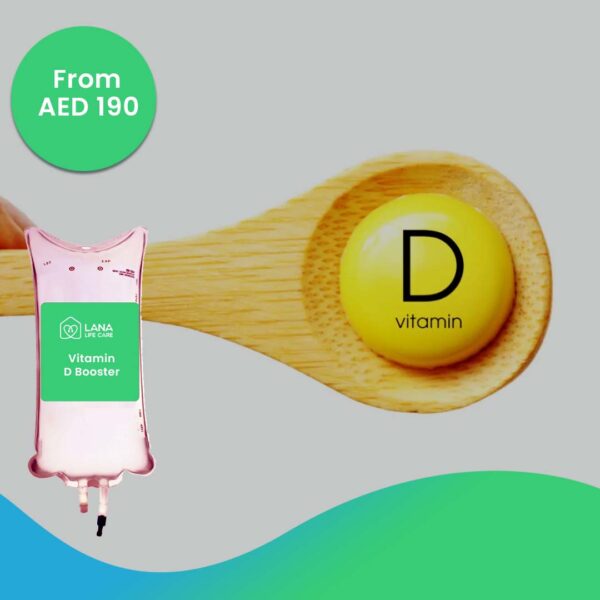Motherhood is not an easy matter, as the mother may continue to stay up all night without sleeping due to a problem that has affected her infant or young child, as the child may suffer from a simple issue such as constipation or colic, or may suffer from anxiety and lack of sleep, so using massage for children may contribute greatly to improving the child’s condition in addition to using medications and other methods recommended by doctors in treatment. So in this guide, we will learn about benefits of massage for infants.
What are the benefits of massage for infants?
Speaking about the benefits of massage for infants, doctors recommend massaging children and infants, as it helps solve some problems that bother the mother and child for several reasons, including:
- Massage reduces the child’s crying and helps calm him if he is upset.
- Helps the child to fall asleep.
- Reduces muscle tension and severe contraction.
- Increases the child’s ability to concentrate and increases his energy.
- Provides visual communication between the mother and child, which improves their relationship.
- Reduces stress hormones in the child, and increases happiness hormones.
Why Is Infant Massage Important?
When it comes to the benefits of massage for infants, doctors recommend massaging babies and infants, as massage helps treat some diseases and problems that may bother both the baby and the mother. It is preferable to massage at least 45 minutes after breastfeeding or eating to avoid vomiting or causing discomfort to the baby due to a full stomach. So here are the benefits of massage for infants:
- It reduces the baby’s crying and helps calm him down if he is upset. Massage in the evening also helps the baby fall asleep.
- It reduces muscle tension and severe contraction, and increases ease of movement, which improves the condition of injuries such as sprains or muscle strains, and prevents these injuries at other times.
- It increases the child’s ability to concentrate increases his energy levels, and improves his quality of healthy life.
- It provides eye contact between the mother and the child, which improves their relationship and communication later on, and it also stimulates physical communication between them.
- It reduces stress hormones in the child, such as cortisol, and increases happiness and calm hormones such as dopamine, which leads to regulating stress and anxiety that may occur for family or societal reasons.
Also Read: how to decrease the risk of sids
When is the best time to do a baby massage?
Speaking about the benefits of massage for infants, the best time to massage a baby is when he is awake and relaxed, and it is usually preferable to choose the time between feedings so that he is neither hungry nor full. That is, it is preferable to massage the baby 45 minutes after the first feeding and wait at least 15 minutes for the second feeding. It is generally recommended that the baby be massaged after bathing and before going to sleep, and it may also be appropriate to massage him before bathing so that you can get rid of the oils easily afterward.
What do I need to do for a baby massage?
The benefits of massaging newborn involve using your hands to stroke, touch, and move the baby’s body gently. Parents or caregivers do this to help the baby feel comfortable. They use light pressure and soft touches on the baby’s skin. They may also speak quietly or use soothing voices while doing this.
6 massage techniques to try with your infant
At six weeks old, your baby is starting to become more responsive and may be ready for a full massage that gives you more opportunities to bond with your baby and stimulate their senses, so the benefits of massage for infants experience can offer you more benefits than you might think.
Massaging your baby’s body is a great way to interact with each other and add fun and play. Here are some additional pressures you can use to support the benefits of massage for infants;
1. Massage your baby’s tummy using the “I Love You” gesture
- Start by placing your hand on your baby’s tummy.
- Use your right hand to apply pressure down the left side of your baby’s tummy (your right), making an “I”.
- Massage in a reverse direction from the right side of your baby’s tummy to the left, making an “L”.
- Massage from top to bottom, making a “U”, starting from the bottom right side, then up, then down to the other side of the left side of your baby’s tummy.
- Express your love by saying “I love you” as you massage your baby with gentle pressure.
2. Chest
Gently massaging your baby’s chest can help ease congestion. When gently touching the chest area, you may need to pause and place your hands on your baby’s chest to share your feelings with each other.
3 . Relaxing touch
You can use the relaxing touch technique at any age and at any time during the massage. Babies sometimes hold a lot of tension in their bodies and using this technique on their arms and legs can encourage them to relax.
4 . Hands
This is a great way to show your baby how to relax their hands. Gently open his hands using the pads of your thumbs, smooth around each of his fingers with your index finger and thumb, and finally press the tops of his hands from the wrist to the fingertips.
5. Face
Massage of the face can help reduce the stress that can be caused by feeding, crying, and teething. Babies imitate your movements and expressions. It’s a great time to make eye contact and spend quality time together. Draw small circles on their jaw with your fingertips.
6. Back
Massaging your baby’s back can strengthen the neck, shoulders and arms, while also soothing and relaxing your baby. There are many ways to position your baby and encourage them to enjoy the tummy position. You can learn these different positions in baby massage classes.
Also Read: overnight home care for the elderly
Safety tips for massaging your newborn
Despite the many benefits of massage for infants, there are many precautions that you should focus on, so here are the tips according to the Home Health Care Services experts;
- Wash your hands properly: Always make sure your hands are completely clean before starting a massage session. Babies have sensitive skin and can be more susceptible to infections, so keeping your hands clean is essential.
- Test temperature: Before the home nursing applies any oil or lotion, test it on your inner wrist to make sure it is not too hot or cold. Baby skin is delicate and can be sensitive to temperature changes.
- Gentle pressure: Use very gentle, light pressure during massage. Your baby’s bones and muscles are still developing, so avoid using too much force or pressure that could cause discomfort or harm.
- Avoid fragile areas: Be careful around the fontanelle (soft spot on a baby’s head), eyes, ears, and genitals. These areas are sensitive and should be massaged very carefully or avoided altogether.
- Communication and signals: Pay close attention to your baby’s signals during massage. If they seem uncomfortable, cry excessively, or show signs of distress, stop immediately. Every baby is different, so being attuned to their reactions is essential.
What oils/products should I use for baby massage?
In addition to the benefits of massage for infants, using massage oil to massage your baby makes the process easier than dry massage. The best oils to use while massaging your baby include:
- Coconut oil: It has been noted that using coconut oil for newborns improves and strengthens their skin. It is an excellent moisturizer. Coconut oil should be used in the summer because it has a cooling effect on the skin, as it is light in texture and easy to absorb.
- Sesame oil: Sesame oil is a light-textured oil, and some people use it as an oil that strengthens children’s bones and muscles.
- Almond oil: Almond oil is rich in vitamin E, and it is safe to use as a massage oil for babies, as it improves the thickness of their skin and enhances its strength. It also does not cause any side effects.
- Petroleum jelly: Petroleum jelly, or what is commercially known as Vaseline, may be a good option for moisturizing children’s skin, and it can also be used as a massage oil.
- Baby Oil for Massage: Baby Oil is actually a mineral oil like petroleum jelly, and it is safe to use on babies’ skin, as it keeps the skin moisturized and helps protect it from dryness.
Also Read: Bilirubin blood test
Happier Babies Start with Lana Life Care’s Gentle Massage!
Giving your baby a massage is a great way for you to strengthen the bond and make your baby feel loved, safe, and cared for. Infant massage is also known to provide many physical and emotional benefits for both babies and mothers. There are no age restrictions when it comes to infant massage. Relaxing massage becomes a very positive sensory experience for babies.
Our baby and newborn care service, an essential part of the Lana Life Care for Home Health Care Services program, is designed to promote communication, relaxation, and overall well-being for your baby. Our team specializes in gentle and soothing massage techniques specifically designed for infants.
These massages are not only deeply relaxing but also help relieve discomfort caused by gas, colic or teething. Through the power of touch, we promote healthy physical and emotional development for your baby, also contributing to improved sleep patterns. Lana Life Care nurses in Dubai are experienced in teaching these techniques and guiding families through the rewarding journey of infant massage.
Conclusion
Benefits of massage for infants does a lot of good. It helps their bodies, their emotions, their thinking, and how they talk to their parents. When parents gently touch and soothe their babies, they help them grow and create strong bonds. This helps babies feel better inside and out. So, baby massage is a special tool that makes babies and their parents happier and healthier.
FAQs
Do all babies like a massage?
Of course not, so you should focus on your child’s reaction
How often to perform baby massage?
This varies from one person to another, as some mothers perform infant massage on a daily basis.
When Should I Start Infant Massage with My Baby?
Starting from 6 weeks, your child becomes more interactive with you.




